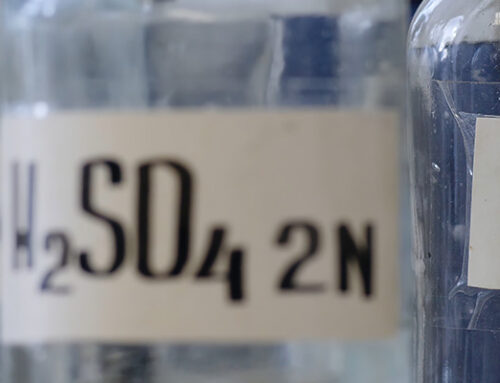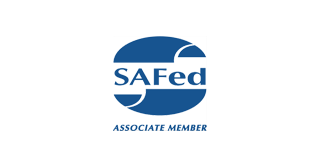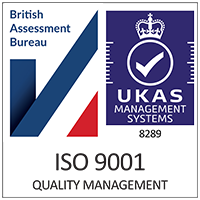If your business uses or stores substances that are hazardous to health, you’re legally required to carry out a COSHH risk assessment. But what exactly does that involve — and where do you start?
In this beginner’s guide, we break down the key steps to creating a COSHH (Control of Substances Hazardous to Health) risk assessment, helping you stay compliant and protect your workforce.
What is a COSHH Risk Assessment?
A COSHH risk assessment is a structured process for identifying and controlling the risks associated with hazardous substances in the workplace. These substances can be:
-
Chemicals and cleaning products
-
Fumes and dust
-
Gases and vapours
-
Biological agents (e.g. bacteria or viruses)
The aim is to understand how employees might be exposed and what steps you need to take to minimise harm.
Step 1: Identify Hazardous Substances
Start by listing all substances used, stored, or produced in your workplace that could be harmful to health. These might include:
-
Solvents, detergents, adhesives, oils
-
Dusts from sanding, cutting, or grinding
-
Fumes from welding or soldering
-
Chemical by-products or waste
Tip: Use product labels, Safety Data Sheets (SDS), and supplier information to help with identification.
Step 2: Understand the Risks
For each substance, ask:
-
How is the substance used?
-
Who could be exposed, and for how long?
-
What are the potential health effects (e.g. skin irritation, respiratory problems)?
-
What form does the substance take (liquid, gas, dust)?
Refer to the SDS for hazard classifications, recommended handling procedures, and first aid measures.
Step 3: Evaluate Existing Control Measures
Review what you already have in place, such as:
-
Ventilation or extraction systems
-
Personal protective equipment (PPE)
-
Training and safe working procedures
-
Storage and disposal methods
Then consider: are these controls sufficient? Could exposure still occur?
Step 4: Decide on Further Controls
If risks remain, you’ll need to implement additional control measures, prioritising those that eliminate or reduce the hazard at the source. Consider:
-
Substituting a hazardous substance for a safer one
-
Using enclosed systems or automated processes
-
Improving ventilation or containment
-
Providing appropriate PPE (with training)
-
Introducing cleaning and decontamination procedures
Step 5: Record Your Assessment
Document your findings clearly, including:
-
The substances assessed
-
Identified hazards
-
Who may be at risk
-
Existing and additional control measures
-
Actions taken or planned
-
Review date
Note: You are only legally required to record your assessment if you have five or more employees, but it’s good practice to keep records in all cases.
Step 6: Review and Update Regularly
COSHH assessments must be reviewed:
-
At regular intervals (at least annually)
-
When there’s a significant change in process or substances used
-
After an incident or near-miss
Keeping your assessments up to date ensures ongoing compliance and safety.
Final Thoughts
Creating a COSHH risk assessment doesn’t need to be complicated. By following a clear step-by-step approach, you can ensure hazardous substances are identified and controlled effectively, keeping your staff safe and your business compliant.
At SIS Ltd, we support businesses of all sizes with COSHH assessments, inspections, and tailored guidance. If you’re unsure where to begin or want peace of mind that your processes are up to standard, our expert team is here to help.











